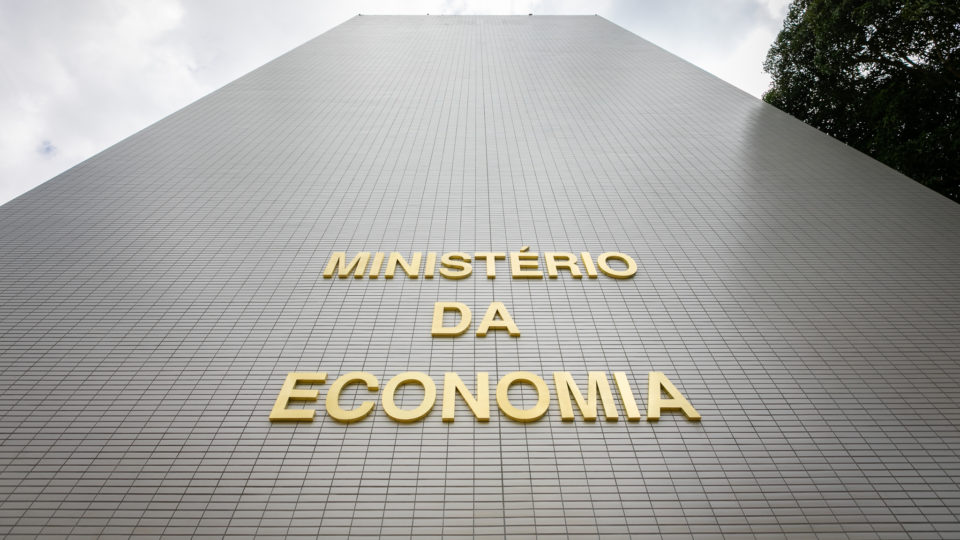RIO DE JANEIRO, BRAZIL – Brazil registered last year the best structural result in 13 years, with a positive balance equivalent to 2.37% of the GDP (Gross Domestic Product) in the accounts of the federal government, states, municipalities, and state-owned companies.
The data exclude atypical events such as spending linked to covid-19. It shows what would be observed with the GDP at the potential level (without the effects of low growth), the oil price equal to the long-term equilibrium value.
The country recorded a surplus considering this methodology in 2013, at 0.0% of GDP. Before that, the highest level reached in 2008 was 3.23%.

The study, by the Secretariat of Economic Policy of the Ministry of Economy, was released on Wednesday, May 25, in the Bulletin Structural Fiscal Results 2021.
The central government (National Treasury, Central Bank, and Social Security) had a structural surplus of 1% of GDP in 2021.
The survey has been prepared since 2016. According to the undersecretary of Fiscal Policy, Bernardo Borba de Andrade, it serves as an instrument for monitoring the quality of fiscal policy.
For the specialist, the number is the effect of improved tax collection, management of public companies, and spending control.
Sérgio Ricardo de Brito Gadelha, the general coordinator of Models and Economic-Fiscal Projections, said there was a contribution from all segments of the Federation to achieve the result.
On the expenditure side, the improvement in the Budget is explained mainly by the containment of spending on active public employees and pension benefits.
The reduction in personnel expenditures was due to the policy of wage austerity through a freeze on salaries. It was also due to a reduction in the pace of hiring through public competitions.
The Social Security reform is showing positive results for the public accounts. The reduction in expenses with social security benefits was due to a reduction in the average value of the benefit and the slower growth in the number of retirements granted.
GROWTH BELOW POTENTIAL
The document points out that the output gap reached -1.9% in 2021. It is the difference between the potential GDP and the effective GDP of the country. Brazil has recorded a result below its potential since 2015. But it has been falling year by year.
In 2021, the Brazilian economy grew 4.6% compared to the previous year. It showed a vigorous recovery in the level of economic activity after the impacts of the crisis points out the report. This economic performance more than offset the 3.9% retraction observed in 2020. Thus, the Brazilian economy returned to the level of economic activity before the pandemic.
FISCAL PUSH
The fiscal impulse of the consolidated public sector, which measures the fiscal policy stance through the change in the structural fiscal result from one year to the next, was estimated at -2.87% of GDP.
The result comes from:
- -1.92% of GDP via central government;
- -0.96% of GDP via states and municipalities;
- 0.01% of the GDP via state companies.
According to Sérgio Gadelha, this statistic represents an improvement in spending control. He cited the creation of the Cat Ceiling as one of the factors for the result. The central government had a more significant share in the impulse.
The fiscal impulse shows how much the increase in spending, or tax cuts, helps boost or contain economic activity. When it is negative, the item contributes to reducing economic activity.
With information from Poder360

